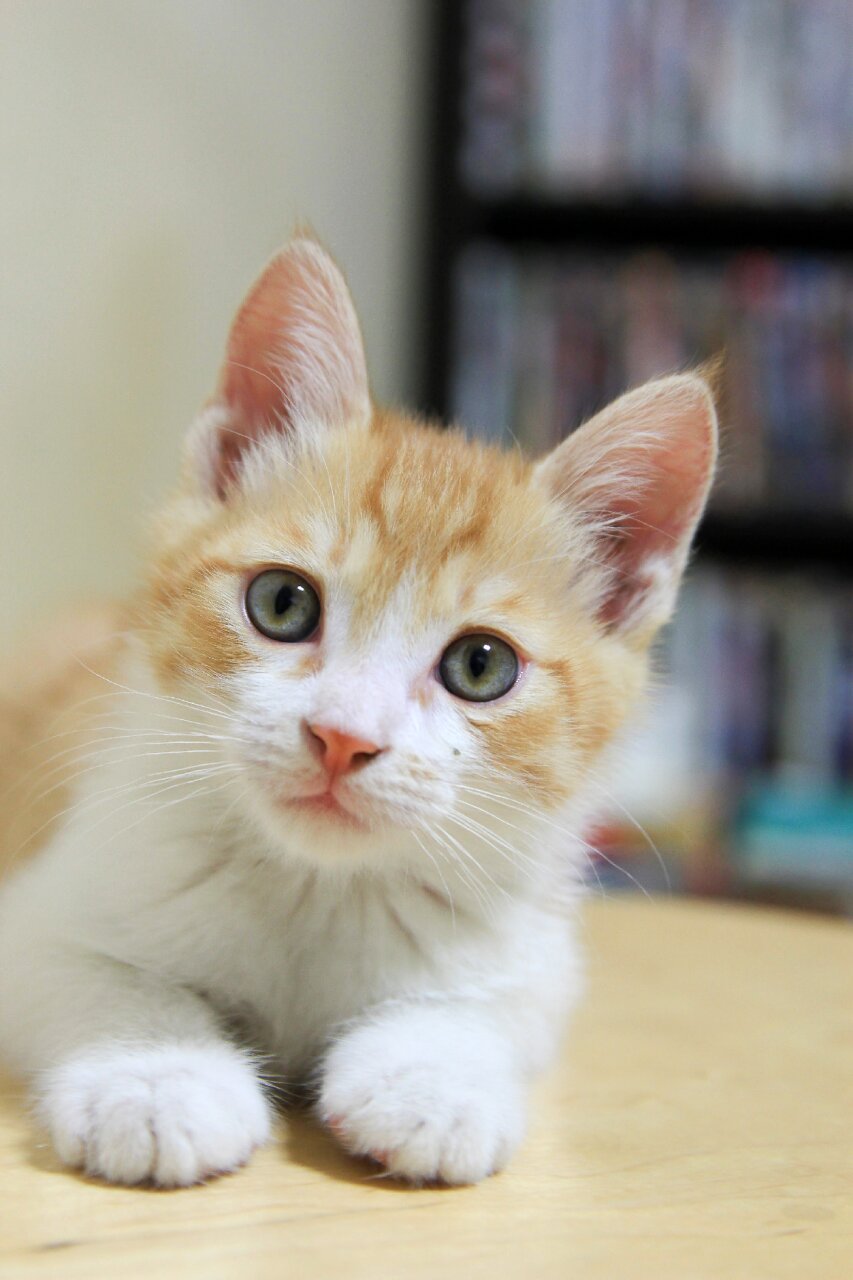

How to Transition Your Cat to a New Litter Box Without Stress
Transitioning your cat to a new litter box—especially an elevated one like LoftyLoo—doesn’t have to be stressful. Cats are creatures of habit, and even subtle changes in their environment can affect their behavior. Whether you’re upgrading to improve comfort, accessibility, or cleanliness, this guide helps make the switch seamless. Helping your cat adjust to the LoftyLoo is easier than you think. Here’s how to transition your cat to a new litter box and make the switch smooth and stress-free.
Raised litter boxes offer a number of benefits for both cats and pet parents. They reduce mess, keep curious dogs out, and eliminate the need to bend or kneel—ideal for seniors or people with chronic pain. For cats, the LoftyLoo offers a cleaner, elevated space that feels secure and private. With the right approach, your cat can transition confidently without accidents, anxiety, or confusion. Whether you have a kitten, senior cat, or rescue, this step-by-step guide gives you everything you need to make the move successfully. Let’s get started with the three most important steps for how to transition your cat to a new litter box.
How to Transition Your Cat to a New Litter Box Like LoftyLoo
Step 1: Place the LoftyLoo Next to Your Cat’s Current Litter Box
Introducing any new item into your cat’s environment requires patience and care. Begin the cat litter box transition by first placing the LoftyLoo right beside your cat’s existing litter box. This allows your cat to explore the new setup at their own pace without pressure. Keep their usual litter box intact during this phase so your cat doesn’t feel forced to change their habits abruptly.
During this time, your cat might sniff, paw, or even climb on the LoftyLoo without using it as a litter box. This is a positive sign—they are becoming comfortable with the new presence. Ensure the LoftyLoo is kept clean and in a quiet, accessible area, just like the original box. Cats appreciate consistency in location, which helps reduce stress during transitions.

Step 2: Gradually Move the Litter Box onto the LoftyLoo Platform
Once your cat appears comfortable with the LoftyLoo nearby, it’s time to place their familiar litter box on top of the raised platform during the cat litter box transition. This step elevates their usual bathroom routine without changing the litter or location drastically.
If your cat is older or has mobility challenges, consider adding a small ramp or step stool next to the LoftyLoo platform. This can encourage confident, safe access without causing discomfort or hesitation. Pay close attention to your cat’s behavior; some cats may need a little longer to adjust to the height.

Step 3: Remove the Old Setup After Consistent Use
After the cat litter box transition, once your cat is consistently using the litter box on the LoftyLoo platform without hesitation, you can safely remove the old setup. Watch their habits closely for any signs of stress or avoidance.
If your cat stops using the raised box, don’t worry. Go back a step and allow more time. Patience, consistency, and positive reinforcement—like treats or praise—can help ease the change. Some cats, especially seniors or rescues, may need more support. Use calming sprays or familiar mats, and keep the area clean and quiet.
LoftyLoo’s raised design helps prevent messes, keeps dogs out, and makes life easier for owners with limited mobility. As your cat adjusts, you’ll see fewer accidents and a smoother routine for both of you.

Additional Tips for a Smooth Transition
Transitioning your cat to a new litter box setup involves more than just moving things around. Here are some practical tips to help:
Keep the Same Litter: Switching the litter type simultaneously with changing the box can confuse your cat. Stick to the litter they are accustomed to throughout the transition period.
Maintain Cleanliness: Cats are sensitive to odors and cleanliness. Make sure the LoftyLoo litter box stays clean, scooped daily, and refreshed regularly.
Quiet, Accessible Location: Place the LoftyLoo in a calm area of your home with minimal foot traffic and noise, replicating the comfort zone your cat prefers.
Positive Reinforcement: Reward your cat when they use the LoftyLoo with treats or affection. Positive associations can ease anxiety about change.
- Patience is Key: Every cat has their own pace. While some adapt in days, others may take a few weeks. Avoid rushing the process.
Why a Raised Litter Box Like LoftyLoo is a Great Choice
Elevated litter boxes like the LoftyLoo offer benefits beyond just style. For pet owners, a raised box means less bending, kneeling, and back strain when cleaning or tending to your cat’s needs. This is especially important for seniors or individuals with mobility or chronic pain issues. For cats, a raised box can feel more secure and less exposed. The LoftyLoo design also helps keep dogs and other pets from interfering, reducing stress and accidents. It can encourage better bathroom habits by creating a dedicated, clean, and inviting space.

Frequently Asked Questions About Raised Litter Boxes
Q: Will my cat refuse to use a raised litter box?
Many cats take time to adjust, but most adapt well with a gradual transition like the one described here. Patience and positive reinforcement go a long way.
Q: Is a ramp necessary?
If your cat is young and agile, probably not. But older cats or those with arthritis or mobility issues often benefit from a ramp or step to access the raised box safely.
Q: What about litter type?
Stick with the litter your cat already prefers to avoid confusion during the switch.
Q: How long does it usually take for a cat to adjust to a raised litter box?
Most cats adjust within a few days to two weeks. When deciding how to transition you cat to a new litter box, the key is to follow a gradual transition and monitor your cat’s behavior. Some may take longer—especially senior cats or rescues—but with consistency, calm encouragement, and a familiar routine, most cats successfully adapt without issues.
Q: Can I use LoftyLoo in a multi-cat household?
Yes! LoftyLoo works well for multi-cat homes, especially if you have dogs or limited space. Just make sure each cat has access to their own litter box, ideally placed in separate quiet areas. A raised, dog-proof setup like LoftyLoo helps reduce territorial stress and promotes healthier litter box habits.
Final Thoughts on Cat Litter Box Transition
During a cat litter box transition, switching to a raised litter box like the LoftyLoo can improve both your cat’s comfort and your own daily care routine. With the right gradual approach, you’ll help your feline friend embrace the new setup without stress or disruption.
Remember, the key is patience, observation, and positive encouragement. Soon, your cat will feel right at home using the LoftyLoo—and you’ll enjoy the benefits of a cleaner, more ergonomic litter solution.


